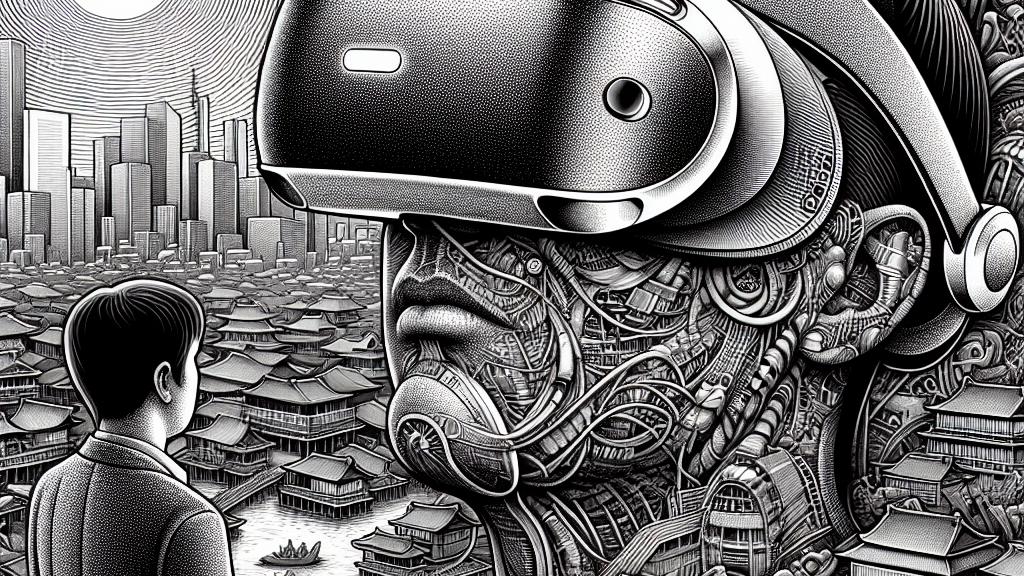Apple Vision Pro Faces Declining Demand and Production Cuts
Overview
- Apple reveals plans to sharply cut production of the Vision Pro due to unexpectedly low demand.
- Launched in February 2024, the headset's steep price tag of approximately $3,500 limits its market reach.
- Sales projections suggest that fewer than 500,000 units will be sold this fiscal year, far below initial estimates.

The Launch and Initial Reception in Japan
When Apple Vision Pro made its debut in Japan on June 28, 2024, it was anticipated as a revolutionary mixed-reality headset with the power to transform how users interact with technology. Enthusiasts were excited about its innovative features, including stunning visuals and advanced spatial computing capabilities. However, reality soon set in, revealing a stark contrast between expectations and consumer interest. The staggering price of 599,800 yen (around $3,500) has been a significant roadblock for potential buyers. Many simply find it too high, given the current economic climate, leading to an alarming prediction: Apple might begin scaling back production as early as November 2024. Analysts now estimate that total sales could fall below 500,000 units for the year, a dramatic shift that speaks volumes about market reception.
Economic Factors Influencing Consumer Choices
Understanding the Vision Pro's lackluster demand requires a closer examination of the economic conditions shaping consumer behavior today. Initially, Apple advertised the Vision Pro as a 'spatial computer' that integrates augmented and virtual reality to create immersive experiences. Yet, with rising inflation and economic uncertainty, consumers have shifted their spending priorities, favoring everyday needs over luxury tech gadgets. For example, while tech aficionados might have been eager to purchase such an innovative device, the reality is that many potential customers are opting for more affordable, practical alternatives. This scenario vividly illustrates that without introducing a more budget-friendly version, Apple risks losing a significant portion of its consumer base, as those seeking cutting-edge technology may turn to competing products that fit within their budget constraints.
Strategic Recommendations for Apple’s Future
As Apple reflects on its challenges with the Vision Pro, it must consider strategic adjustments to regain its footing in the mixed-reality market. One promising avenue could be the introduction of a more affordable model, tentatively referred to as 'Apple Vision Air', targeted at a broader audience. By diversifying its product line, Apple could reignite consumer interest and establish a stronger presence in this burgeoning field. Additionally, highlighting practical applications of the Vision Pro—such as enhancing virtual collaboration tools, transforming gaming experiences, or enriching educational settings—can help potential customers visualize the device's value. By weaving together innovation with relevance, Apple has the potential to spark engagement and boost sales in the upcoming months. Ultimately, the path forward for Apple hinges on its ability to connect with consumers by addressing their needs while highlighting the unique benefits that mixed-reality technology can offer.

Loading...